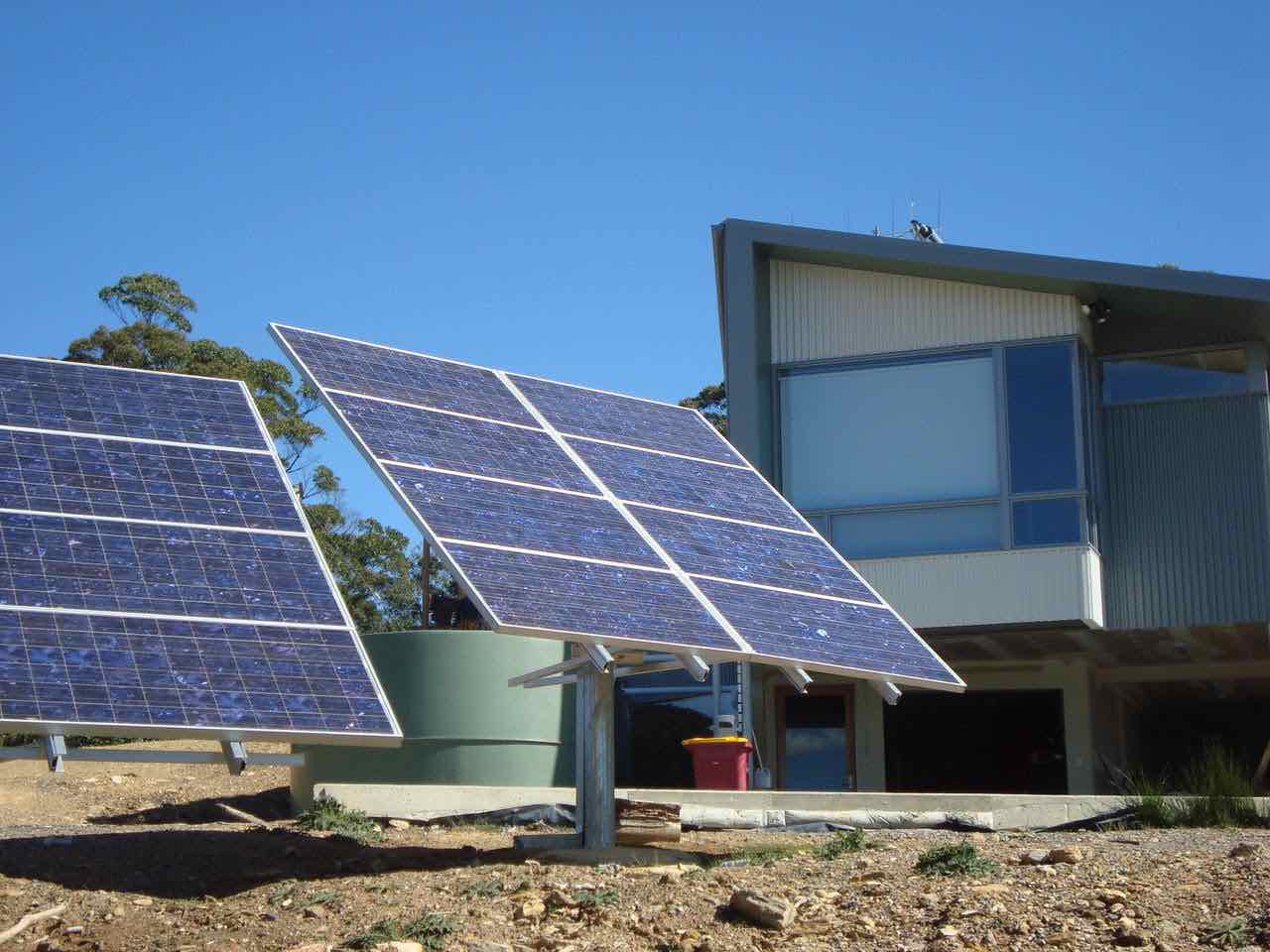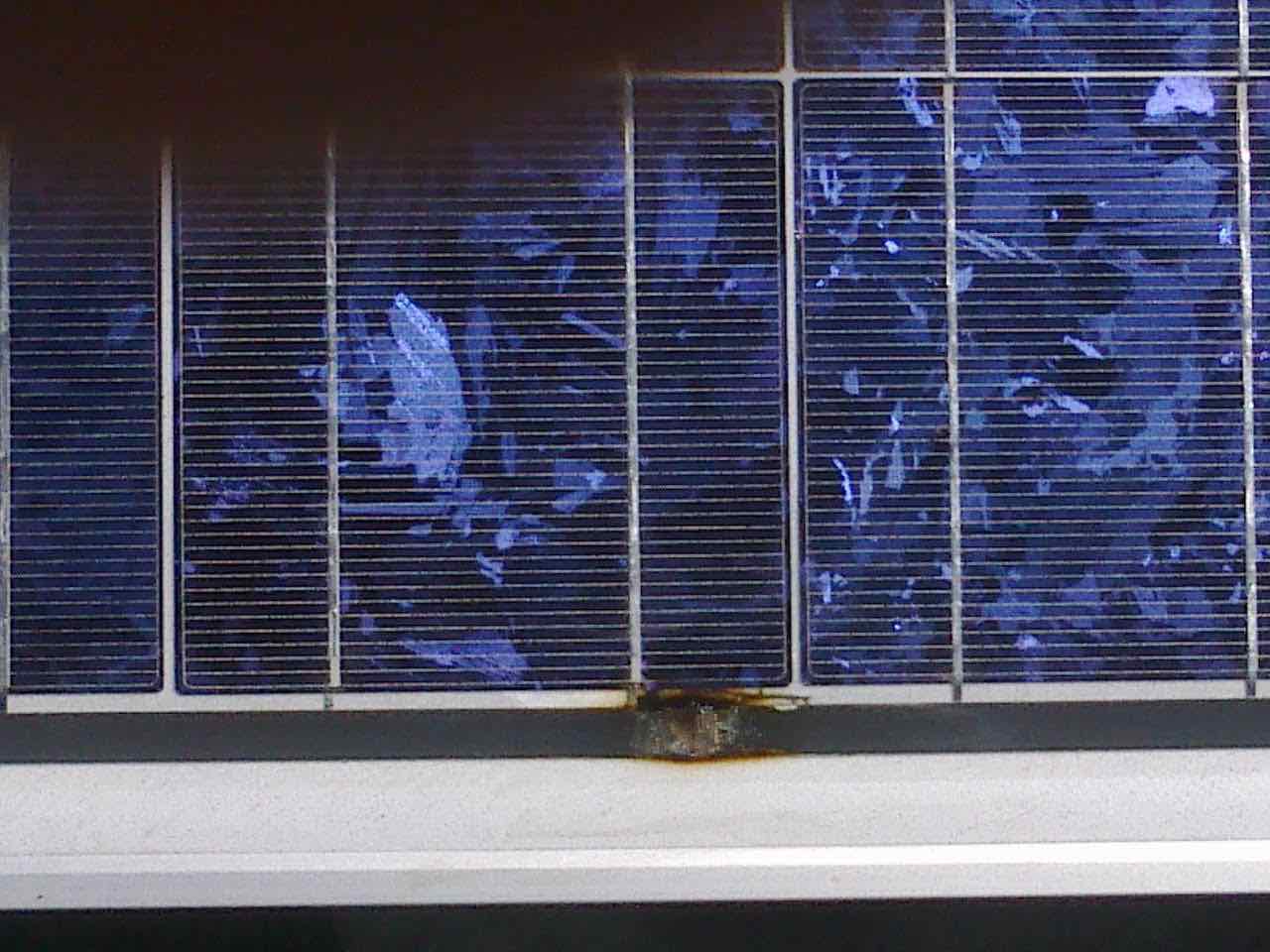

Who said that solar PV does not work?
Our home solar system achieved the major milestone of generating 100 megawatt-hours in February 2021, and it is still powering on. Here is its story.
We never planned a big PV system, but as one of us was working for BP Australia, we were eligible for a special employee discount for a BP solar system.
We were told that some of the components may have had cosmetic issues, but as the price was very good, we went for the largest system on offer: a 4.9kW system consisting of 30 BP solar 165W polycrystalline panels, a rebadged SMA Sunny Mini Central 6kW inverter, and all the mounting hardware for a roof installation.
The system was duly installed in July 2008, but not on our house in Melbourne, which we were about to sell, but on a shed on our planned new home in north east Tasmania, about 30 km NNE of Launceston. Our PV system moved to Tasmania before we did.
Once we joined our PV system in Tasmania towards the end of 2008, we realised that the shed roof had major shading issues in winter, with generation dropping very considerably after midday.
The system received a major upgrade in February 2010: we added two more panels and moved all the panels from the shed roof to four pole mounts, eight panels per pole.
The inverter moved to a new extension of the house where it was joined by an SMA Sunny Backup SBU5000 battery inverter/charger, four Sonnenschein 12V, 230 Ah lead acid batteries and an SMA Automatic Switch Box M.
This configuration provided us with grid backup capability; when a loss of grid power is detected, the switch box islands the house from the grid and the SBU 5000 goes into grid-forming mode. If the sun is shining, the PV system can recharge the batteries and run the house.
The PV inverter follows the load in backup mode, as there is no grid to take excess energy.
The pole mounts enable the angle of the panels to the horizontal to be changed – with some work – about an hour per pole. Over time we have settled into a two position regime, with the panels set at about 13 degrees to the horizontal for summer, and 55 degrees to the horizontal for winter.
The very flat summer angle helps extend the generating period in our long summer days. We change to the winter angle in March, and the summer angle in October.
In November 2013 a major lightning strike occurred near the house.
The currents induced by the strike caused damage to our copper wire in the ground telephone connection, vaporising more than 100m of the line, and damaging more than half the BP 165 PV panels. Burn marks could be seen on the panels in the likely position of the bypass diodes.
An input component of the SMC 6000 inverter failed; SMA advised that it was designed to do that, and they supplied a new component and instructions for our electrician to replace it.
As an interim measure we were able to rearrange the panels to end up with one pole mount having a full complement of working panels, and the other three poles were turned off.
Restoring the system was complicated: as the SMC 6000 has a single MPPT tracker, we needed to replace all the BP panels to provide a system acceptable to the inverter.
Further, as panels had grown larger since our initial purchase in 2008, our choice of replacement panels that could fit on the pole mounts was severely constrained.
Finally, our electrician found that some Panasonic 235W panels were physically and electrically compatible with the rest of the system. At the time these were expensive, but fortunately, our insurance paid for them.
In a way, the lightning strike was lucky: although we ran at a much reduced output for several months, the new Panasonic panels brought us from a nominal 5.2 kW system to a nominal 7.5 kW (DC) system. In full sunlight the 6 kW inverter now spends a significant amount of time at 6 kW AC output.
Our best summer’s day with this configuration has yielded about 54 kWh – 9 hours of full output.
The 100 MWh milestone is as measured by the SMC 6000 inverter. A new mains meter was installed shortly after the initial system installation in 2008.
That meter separately records energy exported and energy imported, and we have exported about 70 MWh of the 100 MWh we have generated.



